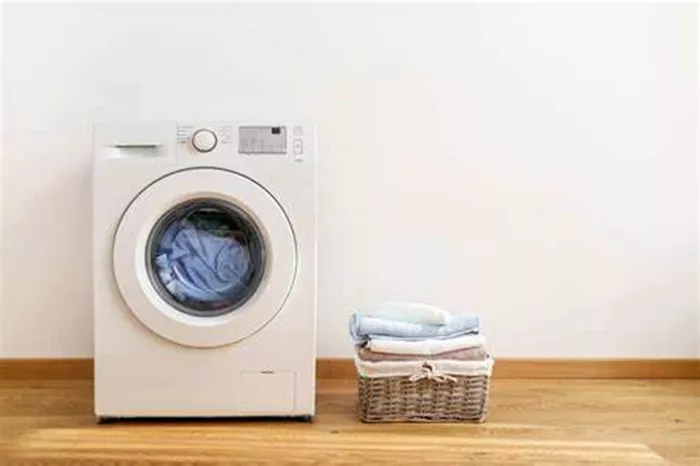Miniature Circuit Breakers (MCBs) serve as critical protective components in electrical systems, safeguarding circuits against overcurrent and short circuit conditions, with the L Series MCB standing out due to its compact design and superior performance characteristics that make it particularly suitable for diverse applications ranging from residential to industrial settings. This comprehensive examination explores the various types of electrical equipment commonly integrated with L Series MCBs, analyzing their technical specifications, operational advantages, and implementation considerations across different electrical systems.
Comprehensive Overview of L Series MCB Characteristics
The L Series MCB represents a distinguished line of circuit protection devices renowned for their operational reliability and adaptability across multiple environments, featuring variants that include standard MCBs for basic circuit protection, Residual Current Circuit Breakers (RCCBs) for earth leakage protection, and advanced Residual Current Breakers with Overcurrent protection (RCBOs) that combine both functions, all designed with uniform terminal heights for simplified installation and compact dimensions that optimize space utilization in electrical panels while offering impressive breaking capacities ranging from 4.5kA to 15kA to accommodate various fault current requirements.
These protective devices find extensive application in residential electrical panels where they safeguard lighting circuits and power outlets, commercial installations protecting critical office equipment and HVAC systems, industrial control panels integrated within motor control centers, and renewable energy systems ensuring safety in solar power installations, demonstrating their versatility across different electrical environments that demand reliable circuit protection solutions.
Electrical Equipment Commonly Integrated with L Series MCB
Distribution Boards and Consumer Unit Applications
Distribution boards serving as the central hub for electrical power distribution frequently incorporate L Series MCBs due to their standardized form factor and installation convenience, where they perform the essential function of dividing main power supply into subsidiary circuits while providing crucial overcurrent protection through their modular design that allows flexible configurations in both single-phase and three-phase systems, complemented by high fault tolerance capabilities that enable interruption of substantial short-circuit currents without sustaining damage and visual status indicators that facilitate immediate identification of operational status for efficient troubleshooting.
Motor Control Centers in Industrial Environments
Industrial motor control centers extensively utilize L Series MCBs in conjunction with contactors and overload relays to establish comprehensive motor protection systems that prevent equipment damage from overload conditions and phase failures, where these breakers demonstrate particular effectiveness through their coordinated tripping functionality that works in harmony with thermal overload protection mechanisms while offering adjustable trip curve settings that can be fine-tuned to accommodate various motor starting current profiles and maintaining a compact footprint that optimizes space utilization in densely populated control panels.
Lighting System Protection Solutions
Lighting circuits incorporating high-intensity discharge lamps or LED arrays benefit significantly from L Series MCBs specifically designed with appropriate trip curve characteristics to handle substantial inrush currents encountered during lamp startup, where these protective devices demonstrate superior performance through their ability to tolerate temporary current surges without nuisance tripping while maintaining compatibility with advanced lighting control systems including dimming circuits and ensuring comprehensive protection for concealed wiring systems through precise overcurrent detection that prevents hazardous overheating conditions in junction boxes.
Technical Specifications and Selection Methodology
Breaking Capacity and Voltage Compatibility Analysis
The selection process for L Series MCBs necessitates careful evaluation of breaking capacity parameters that define the maximum fault current interruption capability, with available options spanning from 4.5kA suitable for residential applications to robust 15kA versions designed for industrial environments, while voltage compatibility considerations must account for single-phase systems typically operating at 230V AC and three-phase configurations requiring 400V AC ratings to ensure proper protection of industrial equipment and machinery.
Trip Curve Characteristics and Application Matching
Proper selection of trip curve characteristics represents a critical aspect of L Series MCB implementation, with Type B devices optimized for residential circuits exhibiting minimal inrush currents, Type C variants providing ideal protection for commercial equipment with moderate startup currents, and Type D breakers specifically engineered for industrial applications featuring high starting current demands such as motor-driven equipment, where understanding these distinct operational characteristics ensures optimal protection coordination and system reliability.
Installation Protocols and Maintenance Considerations
Optimal Wiring Practices and Connection Techniques
Implementation of L Series MCBs requires adherence to stringent wiring practices that include precise terminal tightening using calibrated torque tools to prevent connection loosening under operational vibration, careful selection of conductor cross-sections that match the breaker’s current rating to prevent excessive heat generation, and balanced load distribution in three-phase configurations to prevent uneven current sharing that could compromise system protection effectiveness and equipment longevity.
Diagnostic Procedures for Operational Issues
Troubleshooting L Series MCB performance issues demands systematic analysis of tripping patterns where persistent circuit interruption may indicate either sustained overload conditions or equipment faults, delayed tripping events often suggest developing high-resistance faults or deteriorating breaker components, while complete failure to reset typically signals internal mechanism damage requiring immediate replacement, with comprehensive diagnostic procedures including insulation resistance testing and thermal imaging proving invaluable for identifying developing issues before they escalate into critical failures.
Conclusion
The L Series MCB represents a sophisticated circuit protection solution that combines advanced engineering with practical implementation benefits across diverse electrical applications, offering installers and system designers a reliable protective device that meets rigorous international standards while providing flexible configuration options to address specific operational requirements. Through proper selection based on comprehensive analysis of electrical system parameters and adherence to recommended installation practices, these protective devices deliver long-term reliable performance that ensures both equipment safety and operational continuity in residential, commercial, and industrial environments.
For specialized applications requiring unique protection schemes or operating under extreme environmental conditions, consultation with qualified electrical engineers and thorough review of manufacturer technical specifications remains essential to achieve optimal system protection and performance outcomes.
Related Topics:

